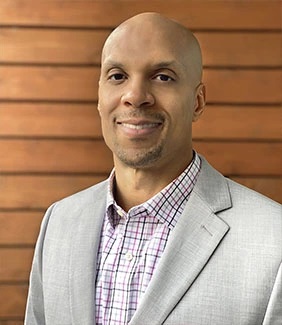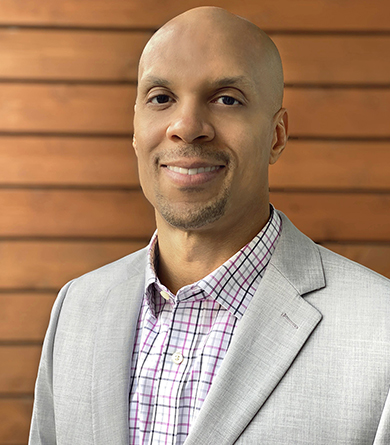Hero Brand Archetype
What is the Hero archetype?
Any company that wants to achieve certain goals and they’re usually overcoming obstacles. It is a perfect match for philanthropic organizations or companies that as their core tenant, have corporate social responsibility. The Hero is quickly seen by sports brands and the military along with social campaigns. Brands represent or encourage individuals to cultivate discipline, concentration, and power.

What are the other names for the Hero archetype?
Warrior
In a word, fearless. The powerful warrior has a strong sense of responsibility and a decent dose of courage. Furthermore, the Warrior’s strategic mode of attack is very powerful. The heeled Achilles is an overall victory attitude for this sub archetype in which validation turned out to be far more violent.
Athlete
The ambitions of the Competitor are about athletic capacity and mental concentration. Disciplined and achievement-oriented, the Athlete is persistent in the search of a goal. For this sub-archetype, the need to be bigger, heavier, quicker, and greater is normal. The Athlete must be cautious, however, not to use his physicality to threaten or hurt him.
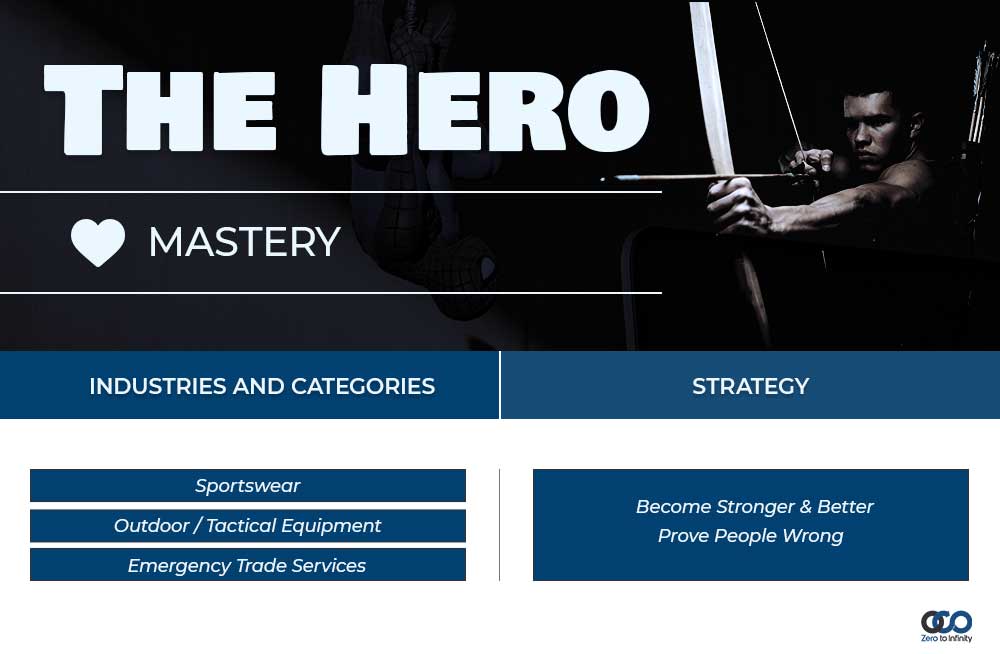
Rescuer
The Rescuer is swooping in with a heart full of courage to save those in need. With innate sensibilities and strong reflexes, the Rescuer becomes a familiar face in a moment of desperate circumstances. A trap of the Rescuer? The incorrect need to save others just to prove their own worth.
Liberator
The Liberator is an advocate of humanitarian values, Peace, and Dignity in the fight for the disenfranchised and helpless. With strong convictions and solid hope, this sub-archetype does not recognize the loss. The incentive for the Liberator is to encourage the end to explain the means, however, distorted the morality might be. His steadfast vision of righteousness and justice will lead to retribution.
What is the Hero archetype that Jung referred to?
Mythologically, the aim of the hero is to locate the treasure, the princess, the bell, the golden egg, the elixir of life, etc. These are metaphors for true feelings and unique potential psychologically. In the course of individualization, the admirable goal is to consume and not conquer unconscious content. The possible effect is an energy release related to unconscious complexes.
What are the Hero brand archetype colors?
- Orange
- Yellow
- Black/Dark Gray

The US Army actually uses yellow, black, and white for their colors because they display hope, power, and security. They are the perfect example of the hero archetype colors.
What are the Hero brand archetype characteristics?
- The events which lead to or are uncommon for their births. Sometimes their parentage is a mystery to them. They may even be born as royalties or in threat.
- There is a departure from their families or country, which induces them to remain with others and acquire new experiences.
- There is a tipping point, which is typically a stressful experience. This occurrence drives a hero into a journey or adventure. The quest may be to pursue an identity, revenge, or to rid the land of danger.
- The hero has been transported to a more violent world. This universe introduces them to predators or monsters. The hero has a fresh and mature outlook.
- The hero earns magical assistance or only a special weapon he can use, depending on the plot.
- The hero undergoes the ‘great test’ that isn’t physical often. The hero eventually comes back to the surface, so that the person, subject, or symbol shifts.
- A Hero brand’s corporate culture is generally performance-based, high quality, and committed. This will promote competitiveness and employee burnout in an unhealthy company. There is a deep sense of convictions in a stable organization, which are encountered every day and inspire a passion to improve things and resolve obstacles.
What is the Hero brand archetype tone of voice?
The hero’s brand voice is not nurturing. It’s provocative and demanding. They use big words to ask the tough question to get you better. Sometimes they call for heroism, but often they still use terror as an inspiration — “Only the strong survive.”
What are some of the examples of Hero archetypes in literature?
1. Everyone Hero
Everyone’s heroes are average citizens without any admirable elements. They are underdogs put in exceptional situations that cause them to behave heroically. While lacking intrinsic noble characteristics, each type of character always has a clear moral compass and behaves with absolute selflessness. Readers can readily connect to these types of heroes because of their everyday existence. In J.R.R. Tolkien’s The Hobbit—a prequel to the Lord of the Rings trilogy—Bilbo Baggins is a simple hobbit without the special ability that nonetheless finds itself on an adventure to retrieve the treasure guarded by Smaug the dragon.
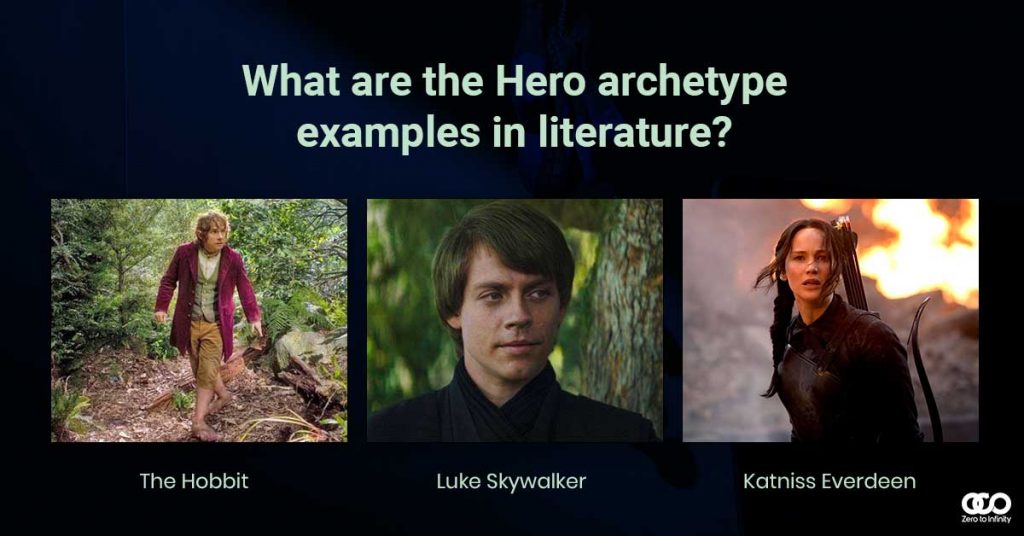
2. Classical Hero
A classical hero is a character with a strong potential to differentiate him from the rest of his contemporaries. That may be a skill, like combating ability, or an intrinsic attribute like courage or intellect. This form of hero usually appears on the surface before his ability starts to show itself, such as when he is a mystical sorcerer Harry Potter. This hero archetype is present in Star Wars as Luke Skywalker’s obviously natural strength comes into action.
3. Tragic Hero
A tragic hero is a hero with a fatal defect or a misjudgment that eventually leads to its downfall. Tragic heroes elicit in the viewer a sense of terror or pity as they encounter the ultimate death of their protagonist. Probably the best-known example of a tragic hero is the tragic fault of Editus, which causes him to kill his father accidentally and to marry his girlfriend. Romeo’s tragic mistake is his uncontrolled zeal and moral impulsiveness in Romeo and Juliet of William Shakespeare, leading to the death of Juliet and his death. Because of its overwhelming allegiance to his country, Brutus, from Shakespeare Julius Caesar, can be exploited in killing Caesar.
What are some of the Hero archetype examples?
Red Cross
The Red Cross is an example of the higher level Rescuer sub-archetype, delivering emergency response and crisis relief to civilians in times of need.
Nike
Nike’s approach is to provide customers with the ability to have admirable characteristics comparable to those respected by world-class athletes, using the Hero stereotype as the basis for all marketing content. They could close the divide between a customer’s confidence in what is possible with the mixture of famous athletes and actual people in their advertising.
Nike empowers consumers to win over whatever battle they face by putting themselves in a role as the Hero over physical odds. Furthermore, Nike could help the customer resolve the inner difficulties too. Nike was able to inspire the consumers to move off the sofa and to the ground by placing their goods to synonymously conquer the barriers.
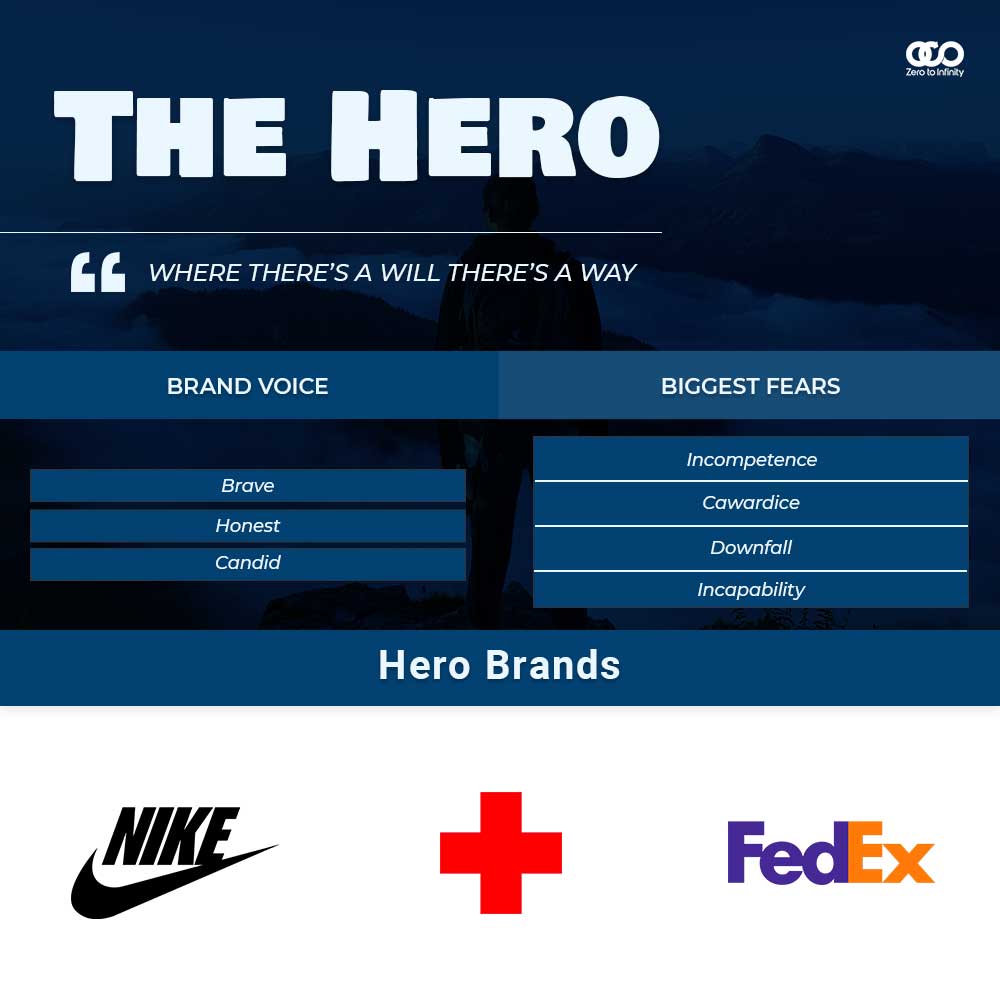
How do customers feel about Hero archetypes?
“Heroes encourage us to become greater, more heroic, and more strong. The consumers want to illustrate that they have confidence in their hands. Energy and speed are the driving force. This experience is inspiring and successful, so you feel proud of yourself. “
Summary
Take a very good look at your brand and decide. Is it a social phenomenon that faces an unseen opponent? Is it impossible for people to become better and to perform fully? Is your underdog product the next best thing in the world to change? You will make your brand a Hero archetype as this echoes who your brand is.


